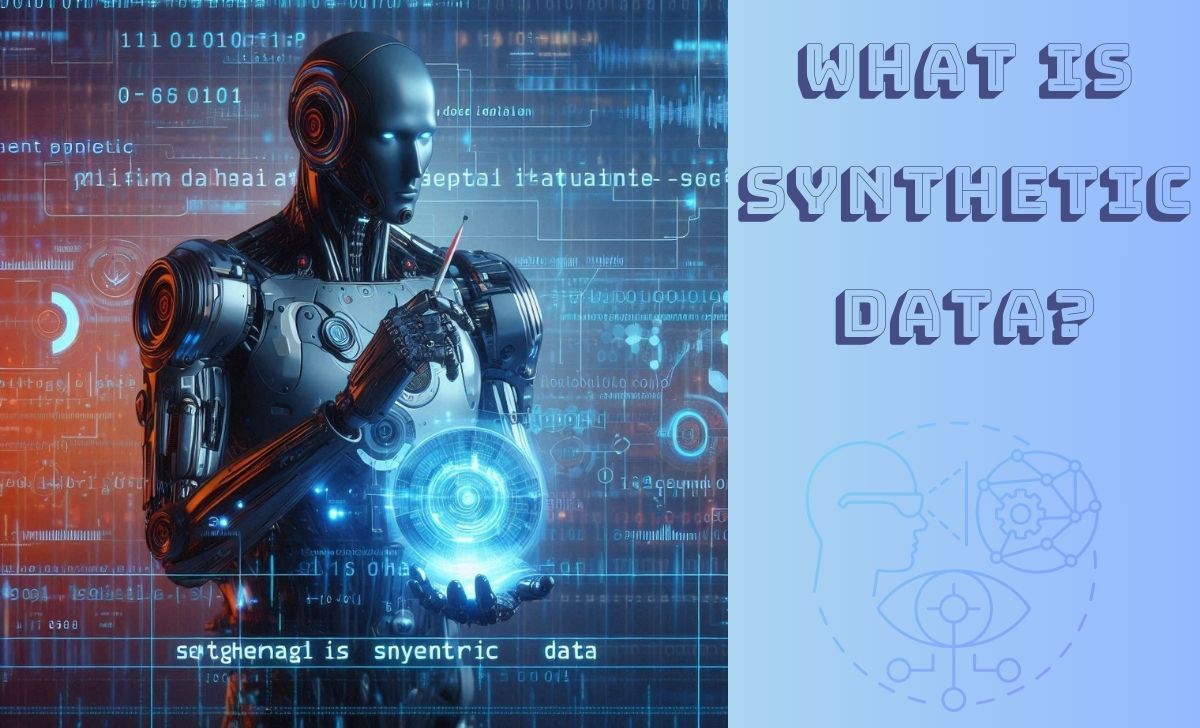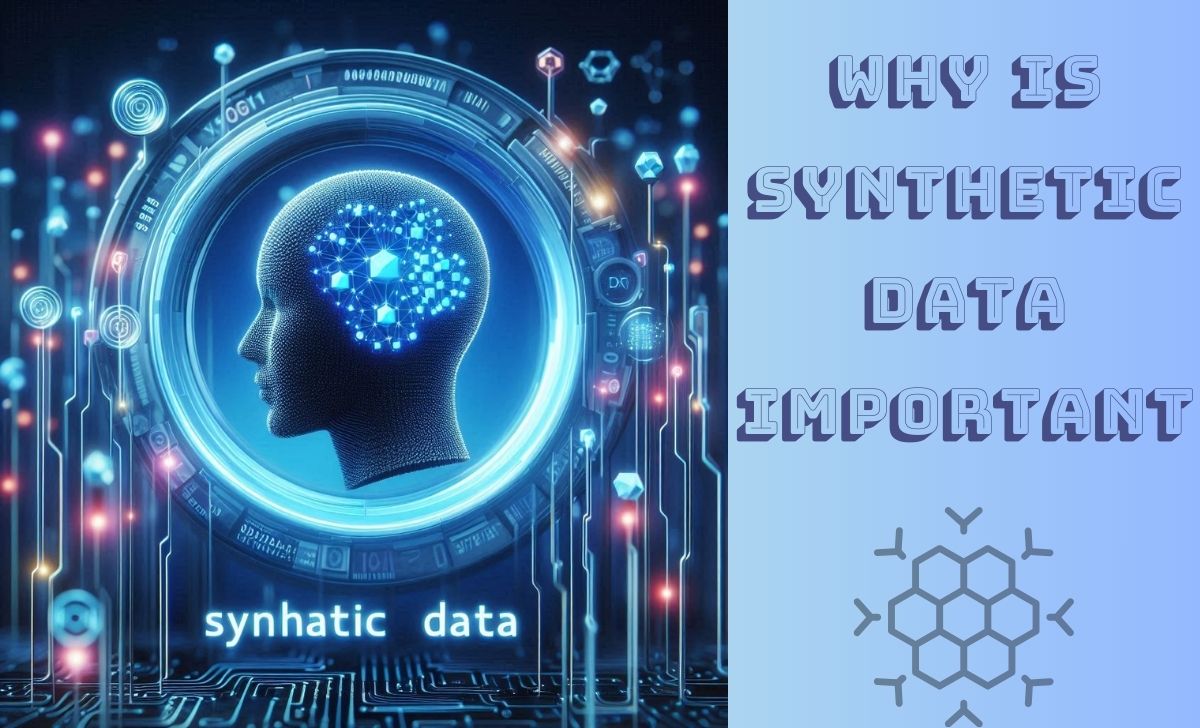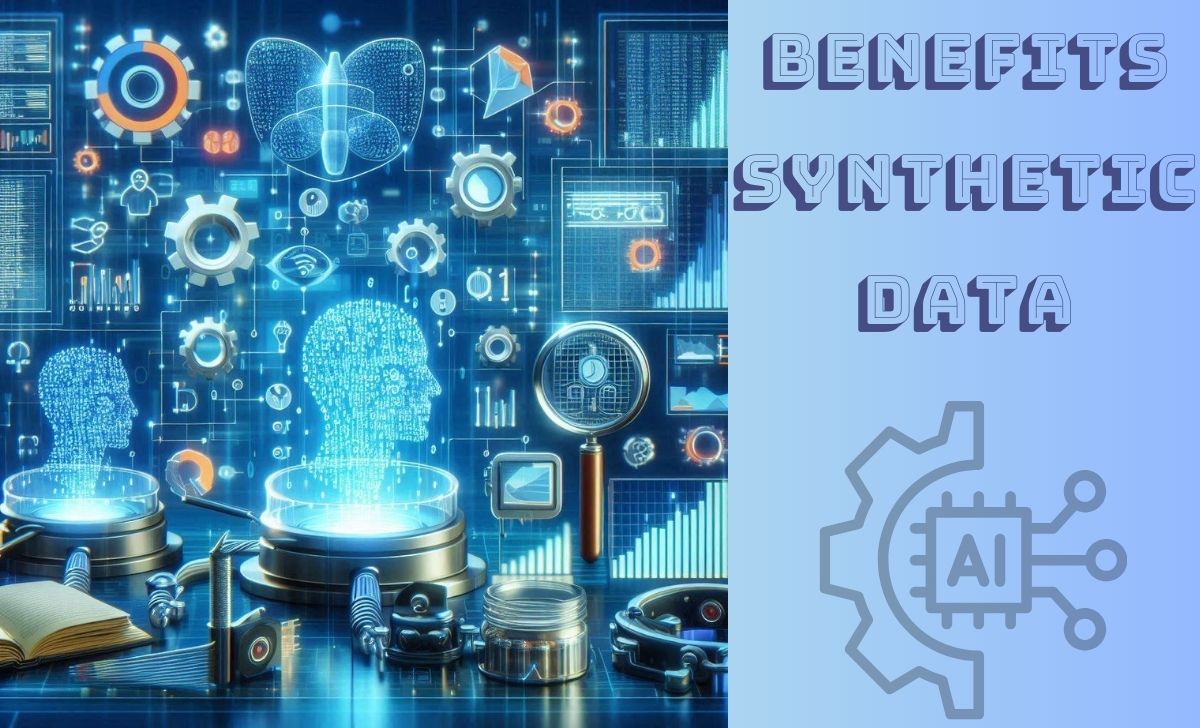Synthetic Data is increasingly popular in many fields thanks to its ability to provide superior benefits compared to real data. However, the creation and application of Synthetic Data still faces many challenges and opportunities.
Join AZCoin to discover the outstanding benefits of synthetic data. From protecting personal information to increasing the accuracy of machine learning models, synthetic data is solving many of the challenges that real data faces.
What is Synthetic Data?

Synthetic data is information that is artificially generated rather than derived from real events. This type of data is produced using algorithms and is used as a substitute for real-world datasets to test, validate mathematical models, and train machine learning (ML) models. Synthetic data doesn’t come from real events but is created by simulating the characteristics of real data through complex mathematical and algorithmic Art processes.
Why is Synthetic Data important?

The use of synthetic data is becoming increasingly popular because it can provide many benefits over real data. Gartner predicts that by 2024, 60% of the data used to develop AI and analytics will be artificially generated.
One of the most important applications of synthetic data is in training neural networks and machine learning models. Developers of these models need carefully labeled datasets, which can range from a few thousand to millions of items. Synthetic data can be artificially generated to simulate real datasets, allowing companies to generate large amounts of training data without spending too much money and time.
According to Paul Walborsky, co-founder of AI.Reverie, one of the first synthetic data services, an image from a labeled service that costs $6 can be generated for just 6 cents using synthetic data.
Benefits of Synthetic Data

Synthetic data is a powerful tool in data science and analytics. Let’s explore its benefits:
- Customizing data: Synthetic Data can be customized to an organization’s needs, adjusting the data to fit conditions that can’t be collected from real data. This also helps create datasets for software testing and quality assurance.
- Cost-Effectiveness: Traditional data collection methods can be expensive and time-consuming. Synthetic data offers a more cost-effective alternative, allowing researchers and analysts to create high-quality datasets without the overhead of collecting real-world data.
- Labeling data: Synthetically labeled data can help speed up model development and ensure labeling accuracy. Manually labeling multiple instances can be time-consuming and error-prone, whereas Synthetic Data can be labeled accurately and quickly.
- Rapid production: Since synthetic data isn’t collected from real events, a dataset can be created quickly with the right software and technology.
- Complete annotation: Perfect annotation eliminates the need for manual data collection. Each object in a scene can generate a series of automatic annotations, which is also the main reason why Synthetic Data is much cheaper than real data.
- Data privacy: Synthetic data can look like real data but doesn’t contain information that can be used to identify real data. This makes synthetic data anonymous and suitable for dissemination, which is especially beneficial for industries like healthcare and pharmaceuticals, and it ensures privacy in applications involving Midjourney AI art.
- Full user control: A synthetic data simulation allows for complete control over every aspect. The person handling the dataset can control the frequency of events, the distribution of items and many other factors.
Applications of Synthetic Data

Some typical applications of Synthetic Data include:
- Testing: Synthetic data provides a flexible and efficient method for testing software and systems, compared to rule-based test data. This helps ensure that systems operate correctly under different conditions.
- AI/ML model training: Synthetic Data is increasingly used to train AI models, as it can outperform real data and help develop better AI models. Synthetic Data helps improve model performance and eliminate bias, while providing new knowledge and explainability.
- Security regulations: Synthetic Data helps data scientists comply with data privacy regulations like HIPAA, GDPR and CCPA. It’s the best choice when using sensitive datasets for testing or training without compromising privacy.
- Healthcare and security: Healthcare and security data are particularly well suited to synthetic methods as privacy regulations place great restrictions on these fields. By using Synthetic Data, researchers can mine information without infringing on individual privacy.
Things to keep in mind when using Synthetic Data
While synthetic data has many benefits, it also has some disadvantages. Some issues to consider include:
- Inconsistency: Synthetic data may not fully replicate the complexity of the original data. There may be differences between synthetic data and real data, which need to be carefully tested and adjusted.
- Doesn’t replace real data: Real data is still needed to produce useful synthetic examples. Synthetic data cannot completely replace real data, especially when real data is needed to ensure the accuracy and reliability of models.
Conclusion
Synthetic data is becoming an important tool for training AI models, protecting sensitive data, and improving analytics without the issues associated with real data. With the ability to generate data quickly and cost-effectively, synthetic data is opening up new opportunities in the technology and analytics fields.

I’m Jessi Lee, currently living in Singapore. I am currently working as a trader for AZCoin company, with 5 years of experience in the cryptocurrency market, I hope to bring you useful information and knowledge about virtual currency investment.
Email: [email protected]











